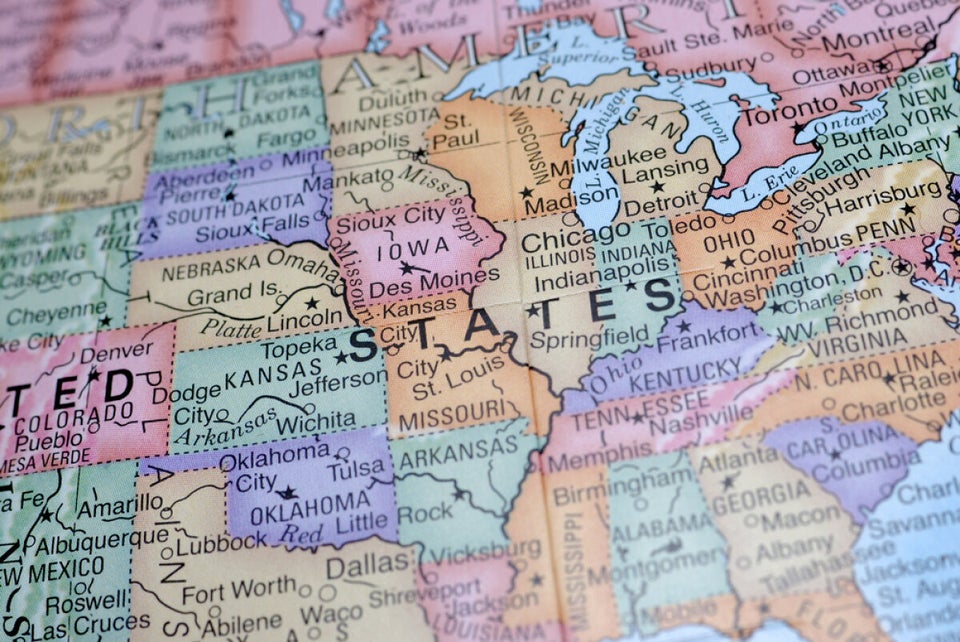When my son Marcus was five, he was diagnosed with Type 1 Diabetes, an incurable autoimmune disease that affects people of all ages.
It was a devastating diagnosis. His father and I barely had time to let the news sink in because managing his diabetes was more of a priority. We began routinely monitoring his blood glucose levels, making sure he had a balanced diet, and keeping on top of the insulin he needed to survive.
A few months after Marcus was diagnosed, I was growing increasingly frustrated with the way I was tracking his blood sugar levels. I'm accustomed to a digital world, so tracking information as vital as this using pen and paper was inefficient.
We do a fair amount of traveling as a family, so having a solution that was reliable, convenient and mobile was very important to us.
I did a bit of digging and discovered some apps designed for people with Type 1 Diabetes to track their blood glucose levels more efficiently. Soon I was using my smart phone to track Marcus' blood glucose levels. It was much more reliable and easier to manage than tracking it using paper and pen. What's more, I was able to use the same app to exchange up to date information electronically with his medical team. What a time saver that has proven to be. And given the on-going management that Marcus' diabetes requires, I was grateful for the gift of time.
What's more, the app improved communication with his care team as well, freeing up even more of my time. Frequent phone calls were greatly diminished, and the never-ending game of phone tag was over.
Just before the holidays, Marcus was in a growth spurt, which threw his blood sugar levels off. Despite our best efforts, his levels were not improving. His diabetes educator suggested maintaining daily contact. Normally this would mean time off work and school. Instead, I simply uploaded his information and waited for instruction on what adjustments needed to be made to his pump until his levels eventually stabilized.
Having access to digital health and being able to communicate with Marcus' health care team helped us through this scenario, and makes managing his diabetes easier, even on the road.
While on a family skiing trip to Mont Tremblant, I noticed his levels were high before he hit the slopes, followed by a low blood sugar episode afterwards. I sent a message to his health care team, and they suggested we adjust his insulin levels. Problem solved, and it didn't even take a phone call.
We have been advanced in the technology field for many years in Canada, so applying it to help Canadians manage their health and wellness is long overdue.
If you could create a digital tool to manage your health and wellness, what would it do? How would it improve your experiences as a patient or a caregiver?
Canada Health Infoway has launched a public education campaign called Better Health Together, aimed at helping Canadians learn more about the value and benefits of digital health.
ALSO ON HUFFPOST:
